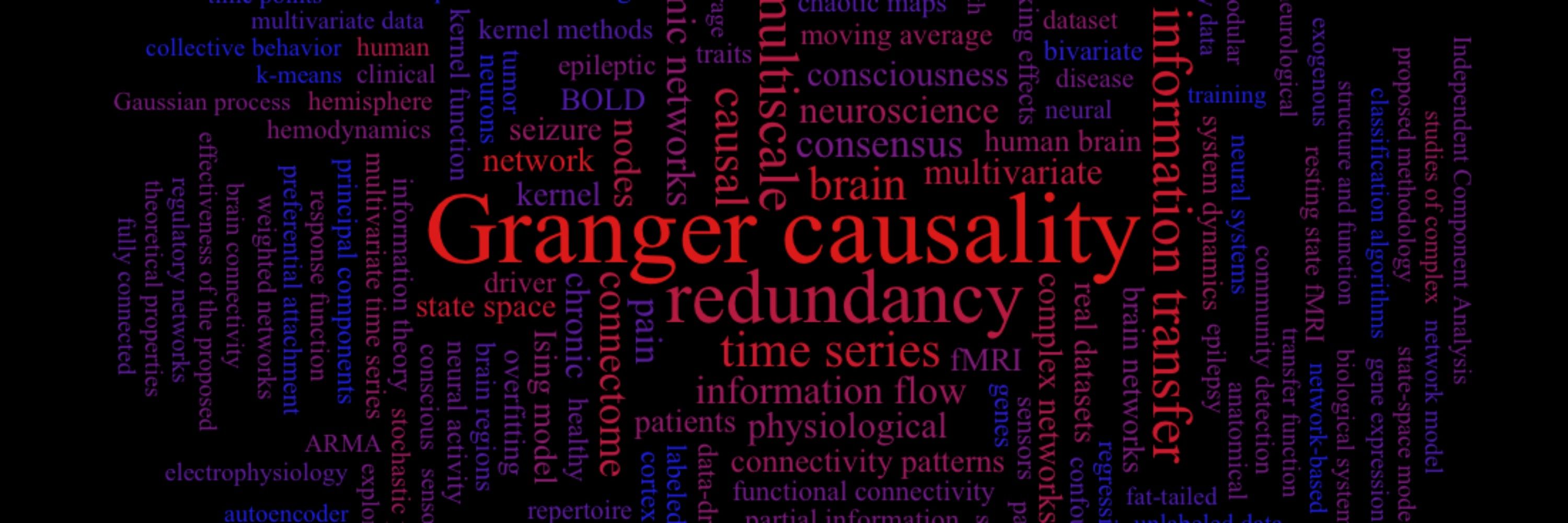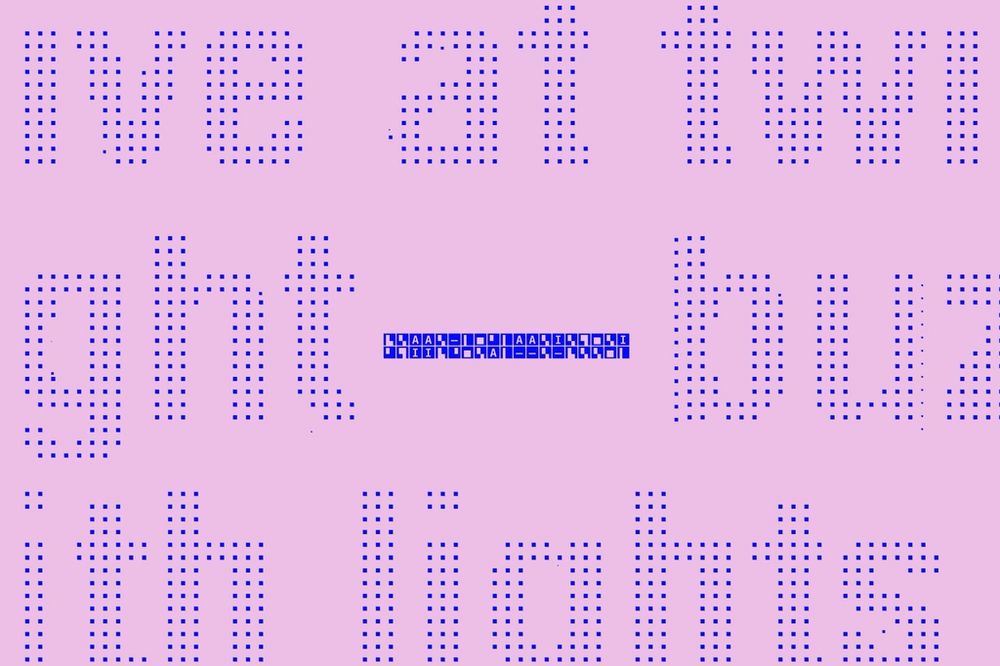
www.biorxiv.org/content/10.1...

www.biorxiv.org/content/10.1...
Also, brain dark matter!
Also, brain dark matter!
www.biorxiv.org/content/10.1...

www.biorxiv.org/content/10.1...
disq.us/p/30ouev0
disq.us/p/30ouev0
www.nytimes.com/2025/09/18/m...

www.nytimes.com/2025/09/18/m...
Nice and impressive, but it's basically saying that there is a low-dimensional descriptor. Now, it could have been reversed having latent brain dynamics as a predictor, and pupillometry as the target

Nice and impressive, but it's basically saying that there is a low-dimensional descriptor. Now, it could have been reversed having latent brain dynamics as a predictor, and pupillometry as the target
I always use this slide

I always use this slide


